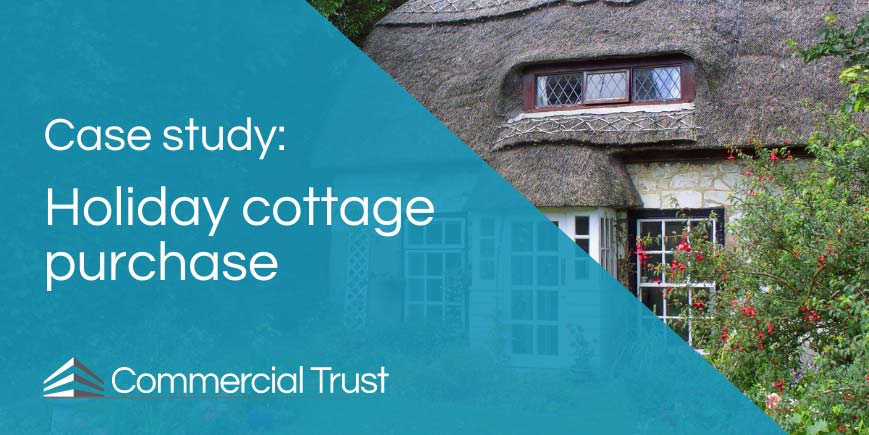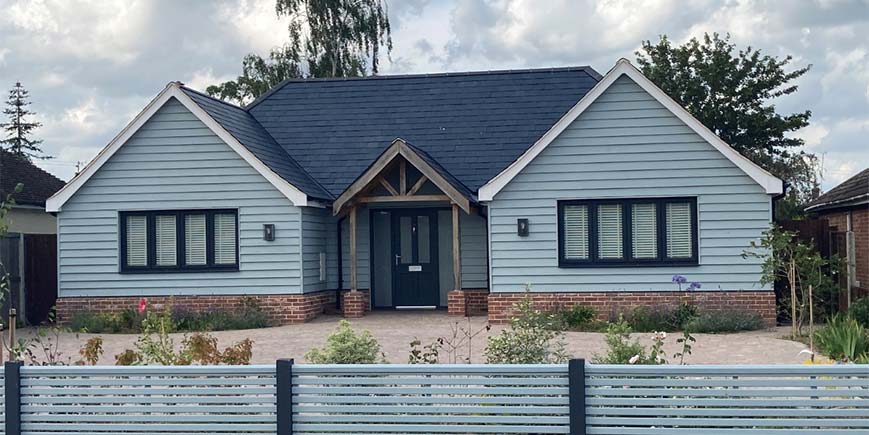This information should not be interpreted as financial, tax or legal advice. Mortgage and loan rates are subject to change.

Categories: Case study | holiday lets
Summary of the case
- Purchase of residential element of former semi-commercial property
- Residential element converted into holiday let
- Complex issues arose around the valuation
What did we do for the client?
- Identified a lender who accepted the property change in use
- Arranged special lender services to help achieve a positive valuation in unusual circumstances
- Helped save the client from losing the purchase
Holiday cottage mortgage investment with challenging valuation
The client in this case wanted to buy the residential element of a former semi-commercial property. The property was then going to be converted into a holiday let.
The cottage was located in a well-known seaside resort area, so the potential for the holiday market was strong.
As with a standard buy to let mortgage, an important aspect in securing lending for a holiday let is the projection of the income from the rent. Due to the property not having been a holiday let in the past, an illustrative projection was provided by the letting agent.
Not all letting agents handling the sale of a holiday let property will necessarily provide this, but you can research online to find holiday letting platforms who do, as an alternative.
The valuation
Holiday let properties have to be ready to let immediately for a lender to agree to a loan. A valuer was sent to assess the property by the first lender we approached. Unfortunately the décor and carpet in the property led the valuer to deem it uninhabitable.
Under these circumstances, as the prospective buyer, you might go back to the vendor with this feedback to see if they will attend to the issue.
However, the clients in this case were in the painting and decorating trade and they also knew the vendor. In discussions with our advisor, they told us they were willing to update the décor of the property (having agreed this with the vendor) but were unwilling to pay for new carpets, without knowing they could secure the borrowing they required.
This set us a fresh challenge, to find a lender who would extend a mortgage with the decorative work completed but the carpets not updated.
Leveraging lender relationships to get the deal done
Fortunately, our close working relationships with lenders meant that we could approach one in particular who we knew offered an in-house surveyor assessment, prior to the formal valuation being conducted.
Through discussions with the Business Development Manager for the lender, the advisor on the case was able to outline the works that would be done and better understand the position of the underwriting team on the approach the client was proposing. This was positive, so the clients went ahead and did the work.
With the decorative upgrades completed in the property, photographic evidence of it was submitted to the lender’s in-house surveyor. The old carpets had been taken up, to further evidence that they would be replaced once the mortgage was secured.
The in-house surveyor’s assessment was positive and as a result when the formal valuation was made, even though there were no carpets in the property, the property passed the valuation and the deal progressed to completion






